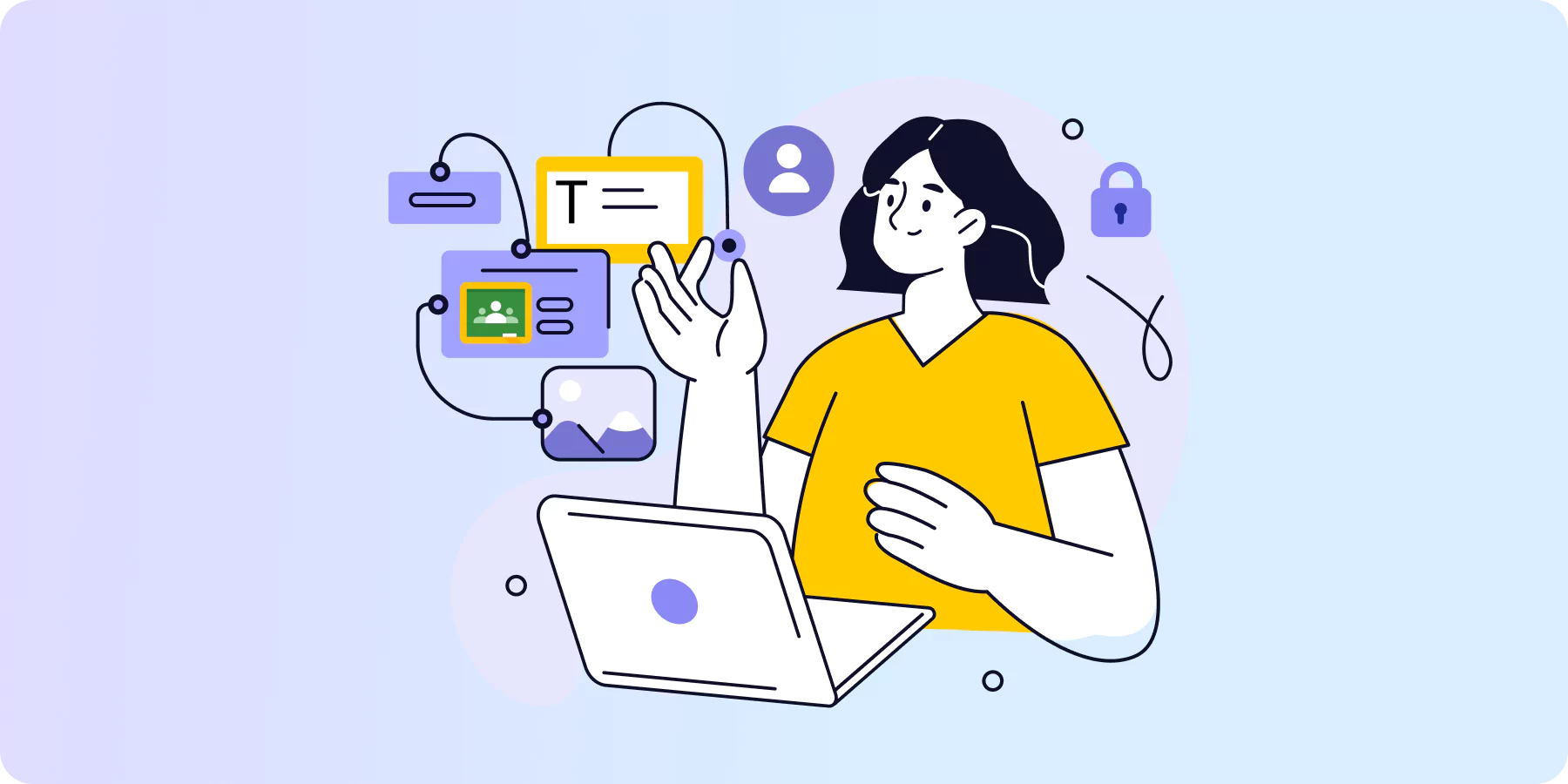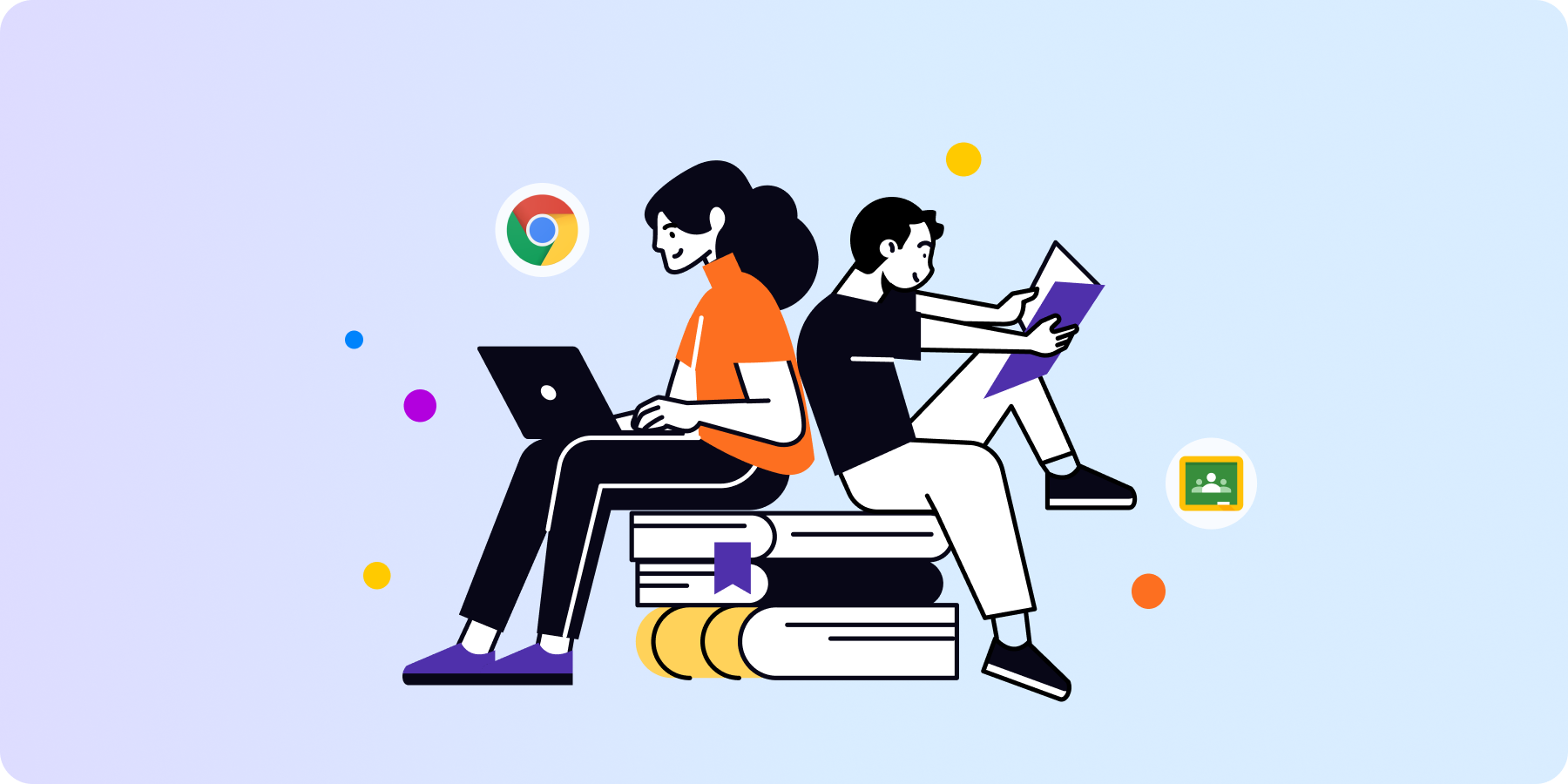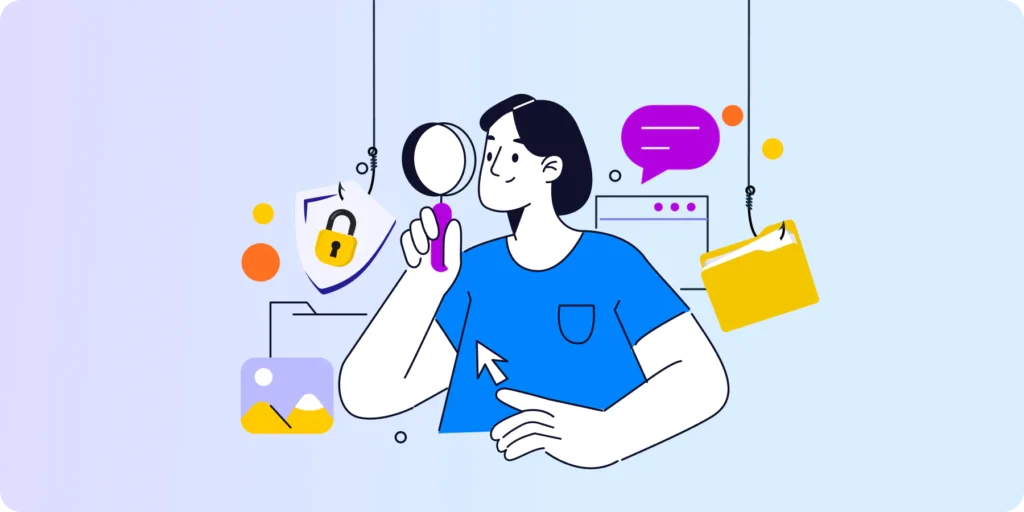If you’re a school leader, IT admin, or teacher on your campus, you’ve probably asked yourself:
“Are we truly doing enough to keep student data safe in Google Workspace?
Do we have the right tools to see what’s happening and act quickly across Drive, Gmail, Classroom, and Chromebooks?”
Between rising privacy risks and California’s strict laws, it’s no longer enough to hope everything’s locked down. You need to see what’s actually happening in your domain, from externally shared Drive files, to unvetted third-party apps, to Chromebook activity outside class hours.
This blog breaks down what’s missing in many K–12 setups and what your district can start doing today to take back control.
Why Student Data Privacy Matters Now More Than Ever
Schools are handling more student data than ever before. But with more digital access comes more risk.
Cyberattacks targeting schools are on the rise, and student information is a growing target. According to a report from the Center for Internet Security, 82% of K-12 organizations experienced cyber threat impacts in the past 18 months. That includes breaches involving sensitive student records, login credentials, and exposed communications.
Beyond cyberthreats, schools are also under increasing pressure from parents, school boards, and legislators to prove that data is being handled responsibly. Privacy is no longer just a back-office IT concern. It is part of how schools build trust in their communities.
And while Google Workspace offers powerful tools, it was not built for the level of oversight K–12 environments now require. That is where purpose-built visibility and control become essential.
Why School Leaders Are Re-Evaluating Google Workspace Security
Whether you are in the principal’s office or the server room, the question is the same:
“How can we protect students while still giving them the freedom to learn and collaborate?”
Here is the reality many schools face today:
- ▪️ Admins cannot always see who is sharing what in Google Drive
- ▪️ Suspicious behavior in Gmail or Chat often goes undetected
- ▪️ IT staff have no way to vet the dozens of apps students install
- ▪️ Chromebook logins, activity, and policy changes go untracked
- ▪️ Reporting for audits takes hours (if not days) to pull together
And when something does go wrong, there is no clear audit trail.
Common Google Workspace Vulnerabilities in K–12 Districts
Before we discuss solutions, it’s essential to examine the actual issues present in many school environments. Even well-managed districts with strong intentions often encounter the same recurring issues, not because of negligence, but because Google Workspace wasn’t designed with K–12 oversight in mind.
Understanding these gaps is the first step to building a safer, more accountable digital learning space.
1. Rogue file and folder sharing
Teachers and students can easily share Drive folders externally, often by mistake, with no alert system in place.
Read More: Managing Files Shared Internally and Externally in Google Drive [The School Admin’s Guide]
2. Unmonitored Gmail and Chat
Suspicious links, inappropriate keywords, or breaches in student communications often go unseen until parents or authorities get involved.
3. Unverified third-party apps
Students connect many unknown apps via OAuth. The average student uses dozens, with thousands in use across a district, creating blind spots in where data moves .
Read More: How to Audit Third-Party Apps in Google Workspace for Education
4. Chromebook management gaps
Lost or unmanaged Chromebooks quickly become a liability. Without real-time tracking, IT can’t know who’s using them or what they’re accessing.
5. Lack of audit trail
When incidents happen, admins often scramble to piece together logs, wasting hours and adding stress during high-stakes moments.
Key Compliance Challenges Schools Face Today
Whether you’re in California or another state, districts today face increasing expectations around how student data is handled, audited, and protected.
But for California schools, especially, the legal framework is clear and demanding:
- ▪️ California Ed Code 49073.1
Requires school districts to adopt policies ensuring only authorised individuals can access or share student records. This means oversight over file sharing is not optional, it’s mandated.
- ▪️ CCPA and CPRA
These laws give California residents, including students and parents, the right to know what data is collected, who it’s shared with, and how it’s secured. Schools must have systems in place to provide clear audit trails and respond to data requests.
- ▪️ SOPIPA (Student Online Personal Information Protection Act)
Prevents edtech vendors from using student data for non-educational purposes and requires schools to assess and manage third-party app risk.
Even in states without these specific laws, similar expectations are written into district policies, tech plans, and funding requirements. K–12 IT teams are now expected to treat student data with the same rigour as enterprise systems.
How GAT Labs Helps Schools Strengthen Google Workspace Security
Once schools recognise the gaps in visibility and compliance, the next question is: What tools actually help us fix this without overwhelming our team?
GAT Labs is purpose-built to give K–12 admins the insight and control they need inside Google Workspace and on Chromebooks, all while keeping day-to-day tasks manageable.
Here’s how schools are using it today:
1. File-sharing oversight
GAT+ lets you scan your domain for externally shared files. If a teacher accidentally shares a folder with sensitive student records, you can revoke access instantly, no need to wait for a report or complaint.
2. Automated alerts for risky behaviour
With GAT Shield, you can create keyword alerts for Gmail and Drive. If a student sends a concerning message or uploads a document with inappropriate content, your team is notified immediately, with a full audit trail attached.
3. Third-party app visibility and control
GAT+ shows every app connected to your domain via OAuth, along with its risk level. You can block or allow apps by policy, user group, or OU. Giving you more control over what data leaves your domain.
4. Chromebook activity tracking
Lost device? Policy drift? Suspicious login after hours? GAT Shield provides real-time login history, session activity, and user behaviour on Chrome, even when students aren’t on campus.
5. Delegated access for school sites
Large districts can assign audit or alert capabilities to specific school sites or tech leads. This allows them to delegate access without handing over Super Admin credentials. That means faster response times and fewer bottlenecks.
6. Audit-ready compliance reporting
GAT Labs gives IT teams access to detailed audit logs, user activity reports, and exportable data across Gmail, Drive, Classroom, and more. You can apply filters by user, date, or action type to quickly gather the information needed for board reviews, internal audits, or compliance documentation. This level of visibility is especially helpful for meeting CIPA compliance requirements.
Final Thoughts
You already trust Google Workspace to power learning across your district, but you must match that trust with visibility and control. When files are shared, apps are installed, or Chromebooks go missing, your team needs answers in minutes, not days.
GAT Labs is built for that reality. It equips school IT teams with the tools to investigate, respond, and stay ahead without relying on guesswork or jumping between systems.
If you’re ready to move from reactive fixes to proactive oversight, it’s time to take a closer look.
Explore GAT Labs for Education or book a personalized demo today.
Frequently Asked Questions (FAQ)
1. What are the biggest Google Workspace security risks in schools?
External file sharing, unmonitored Gmail or Chat activity, risky third-party apps, and lack of Chromebook oversight are among the most common blind spots. These are areas where schools often lack critical visibility.
2. Does Google Workspace meet CIPA compliance requirements on its own?
Not fully. Google Workspace provides core tools, but schools also need monitoring, filtering, and reporting to meet CIPA standards, which GAT Labs supports.
3. How does GAT Labs improve Google Workspace security for schools?
It provides real-time visibility, alerts, and controls across Drive, Gmail, Classroom, and Chrome, helping IT teams act fast and stay compliant.
4. How can we control third-party app usage in our school domain?
GAT+ shows all connected apps and assigns each a risk level. This allows you to block or allow them by policy, user group, or organizational unit.
5. What’s the best way to respond to a Chromebook misuse incident?
Use GAT Shield to view login history, Chrome activity, and file access tied to that device. Next, document it for your internal team or external follow-up.
Insights That Matter. In Your Inbox.
Join our newsletter for practical tips on managing, securing, and getting the most out of Google Workspace, designed with Admins and IT teams in mind.





